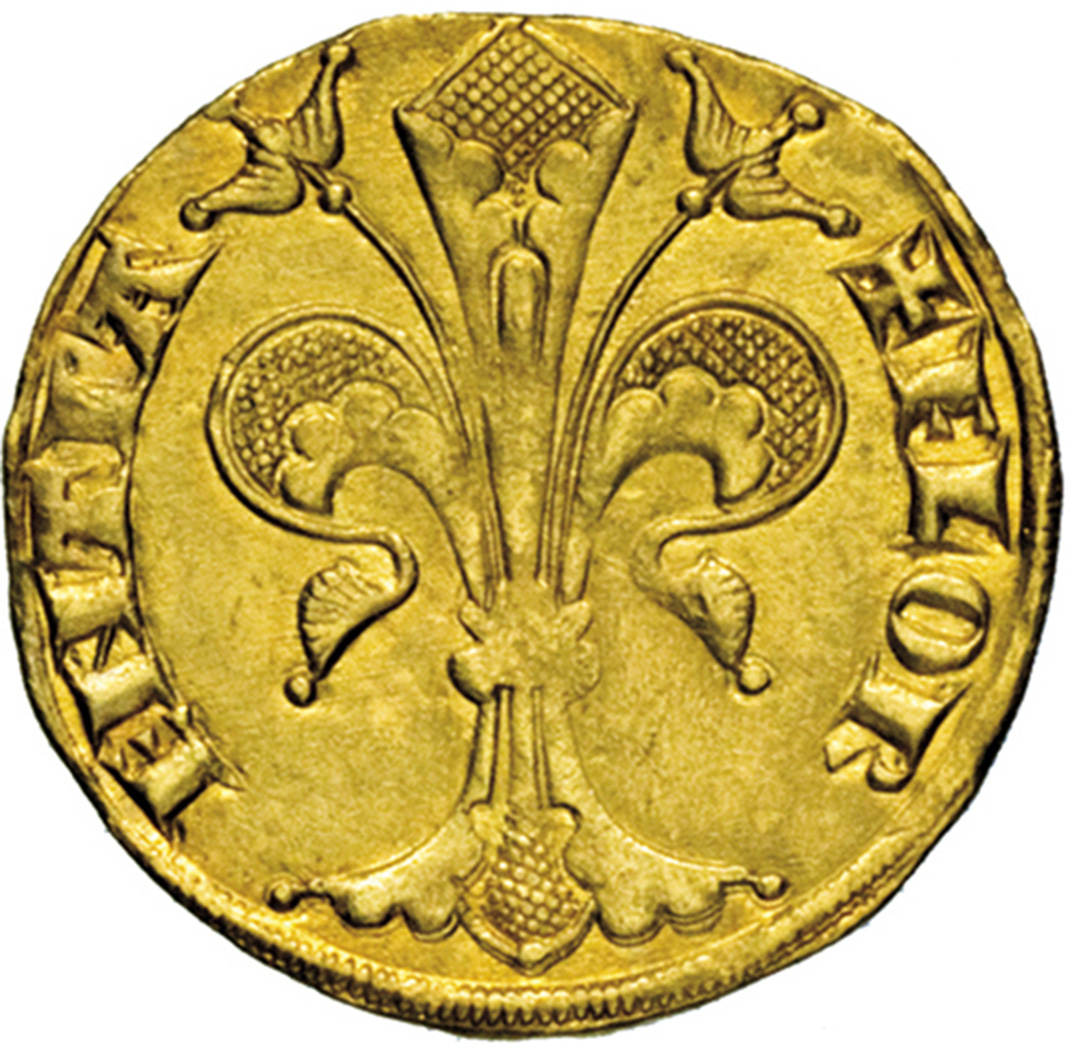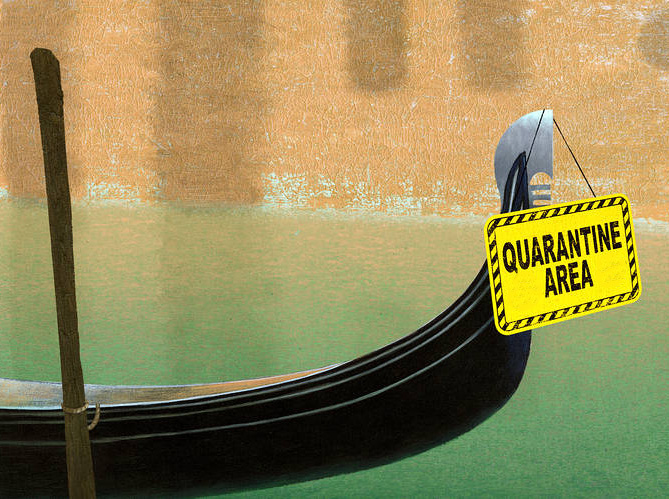Imagine for a moment that there is intelligent life on alien worlds. If we ever encountered them, how could we communicate and decipher their language? One way would be to look at their accounting method, since one of the most universal applications by an intelligent people would be how they manage their books!
Most of us view the task of balancing checkbooks with the same relish as getting a root canal. Determining who, what and when we paid out of our bank account and when the money came in is not at the top of most people’s monthly entertainment list. Try for a moment to imagine what it would be like to try to keep track of many times the number of transactions, both money in and money out, without a proper ledger system – it would be beyond daunting, it would border on the impossible. Perhaps that is why every Accounting 101 class starts with a professor telling the same story – an accountant needs a desk with only two drawers, the one on the left for debits and the one on the right is for credits. We can thank the Medici Bank for the worldwide standard of double entry accounting.
Banco dei Medici as a financial institution was founded by the Medici family in 1397 and grew to become the largest and most respected bank in Europe during the 15th century. Most estimate that the Medici family was at one time the wealthiest family in Europe. Estimating the value of their assets in today’s money is impossible, since the vast holdings of the family not only included land and gold, but also works of art from the Italian Renaissance. How does one value a Michelangelo statue when purchased new? It would be the modern equivalent of having the opportunity to buy into every IPO of stock that later soared to stratospheric heights. With their wealth, the family acquired political power in Florence and later in the wider spheres of Italy and Europe.
The bank pioneered the modern general ledger system with its development of the double entry system – debiti e crediti – debits and credits for tracking deposits and withdrawals. Giovanni di Bicci de’ Medici was the first in the family to enter banking, but it was under his son, Cosimo the Elder that the bank reached the pinnacle of its wealth and influence. He took the reins as ‘gran maestro’ in 1434 and later led the Medici’s to become the unofficial head of state of the Florentine Republic.
As innovators in financial accounting, the Medici’s managed most of the great fortunes in the European world. The currency that it issued, the florin, was accepted throughout Europe as the preferred currency in business, commerce and trade. The period of 1435 to 1455 under Cosimo and his ministro Giovanni Benci was the Medici bank’s most profitable period. When Cosimo died in 1464, the slow decline of the bank began. As Machiavelli would later write, the Medici’s bank mangers began to act more as princes than as financial managers, but the system of accounting would endure.
Luca Pacioli was a Franciscan friar and teacher. He helped Leonardo da Vinci create his theory of proportion and knew many of the great artists and humanists of his day. In 1494, he published a mathematics textbook called “Summa de Arithmetica, Geometria, Proportioni et Proportionalità” (A Summary of Arithmetic, Geometry, Proportion and Proportionality). It was due to this book that Pacioli is often called the “father of accounting.” How Pacioli acquired the information about the Medici method is unknown, but his book enabled others to study and use the accounting system. First published in Venice, the use of double entry accounting spread throughout Italy among the merchants. For over one hundred years, it remained an almost exclusive Italian tool of finance. Other European banks and merchants knew of the system, but more often than not tried to use it to validate financial decisions, rather than to simply record them. It was the Dutch who were the first outside of Italy to recognize the inherent brilliance of the system in the 16th century. By the beginning of the 18th century, the double entry system was used throughout Europe. It spread to the Colonial world and for more than two hundred years has been universally used throughout the world.





